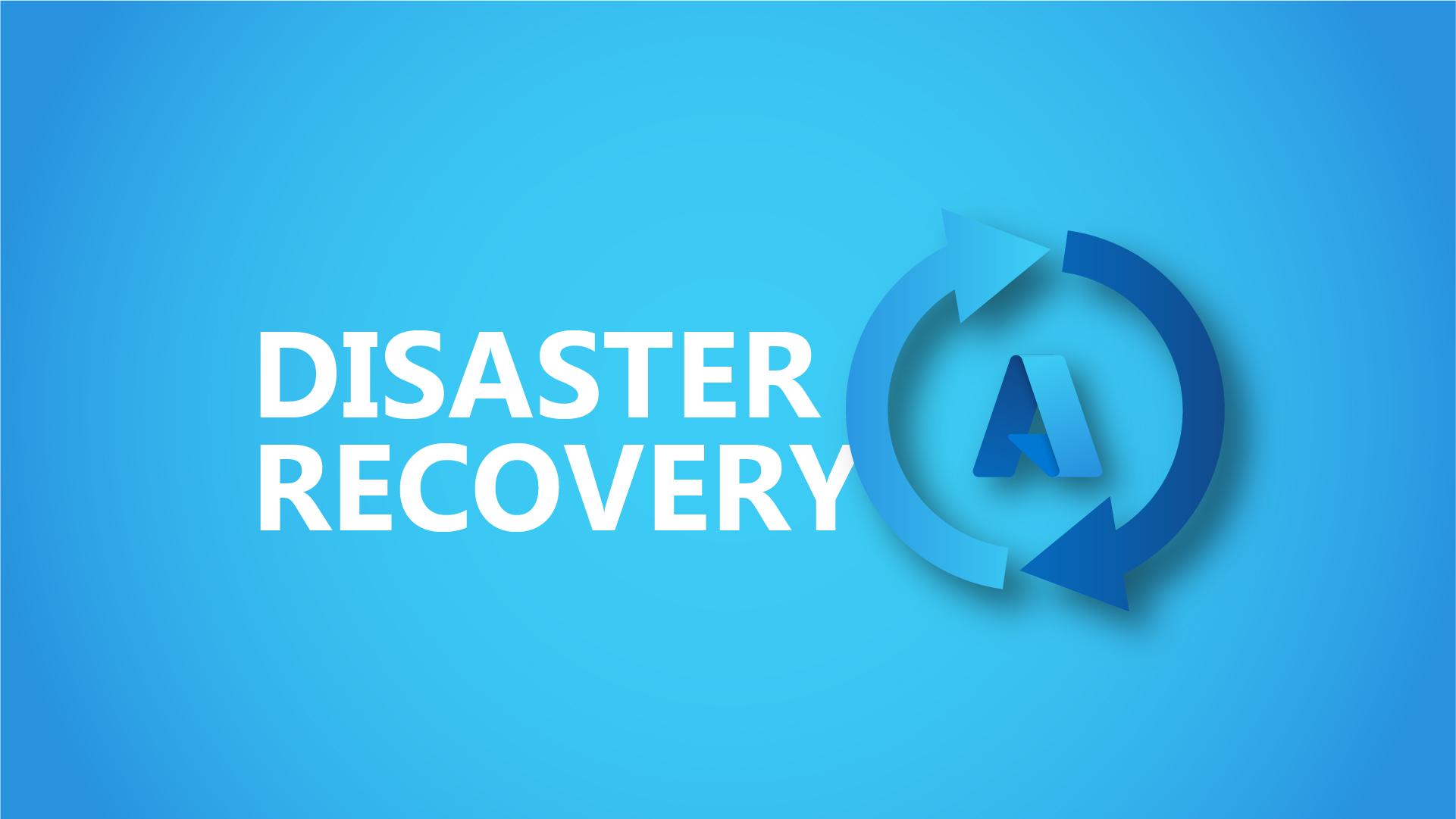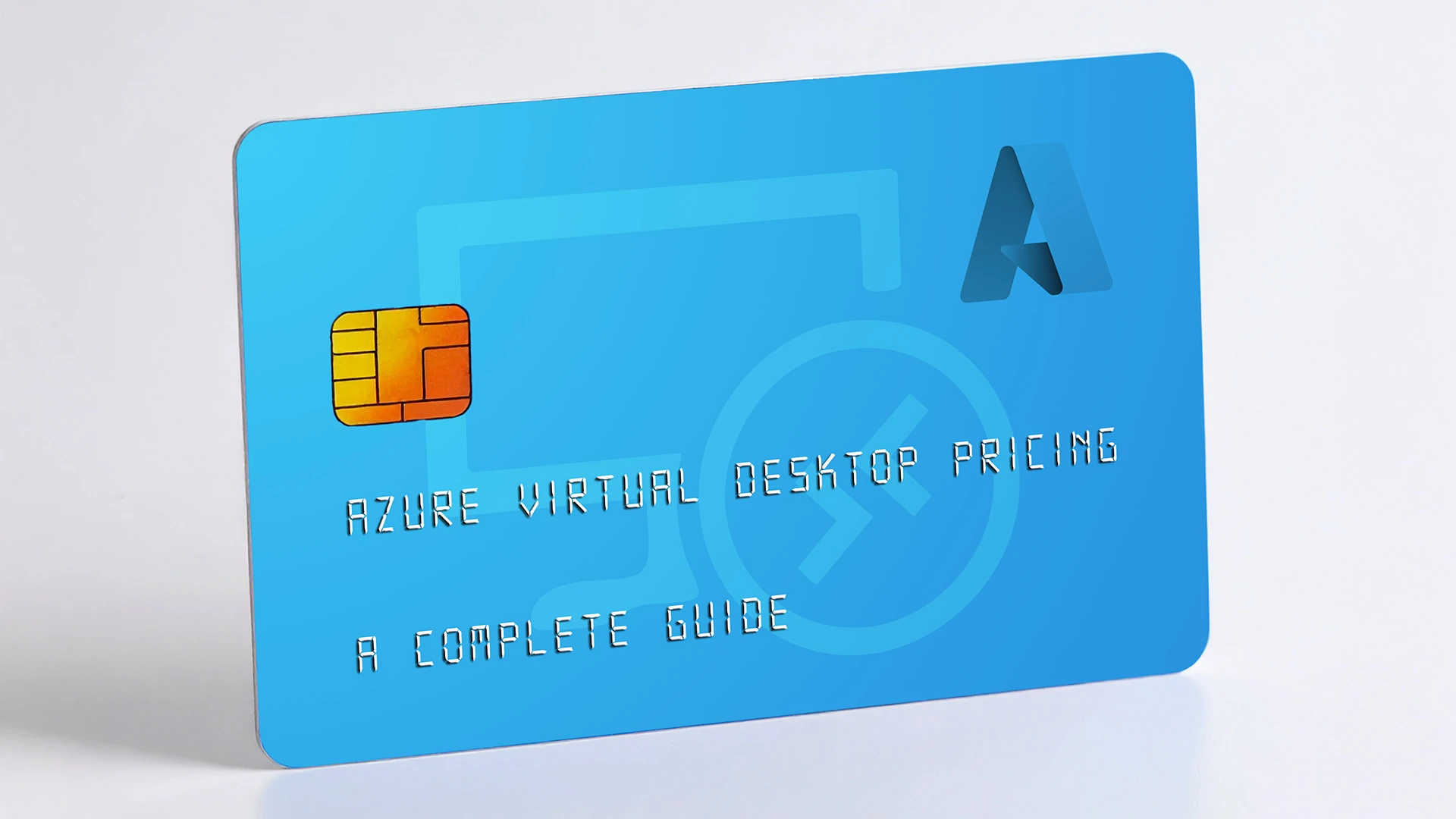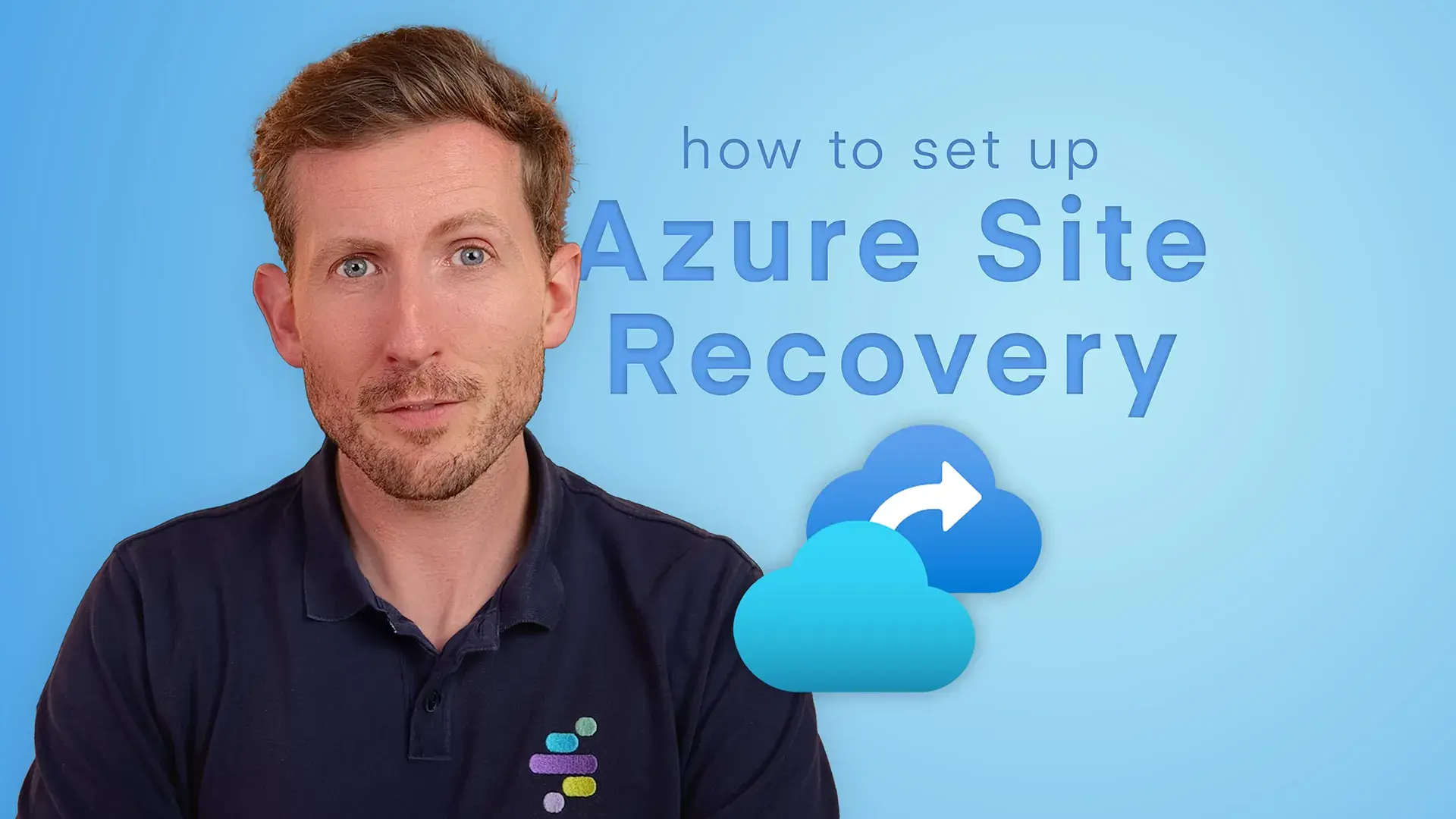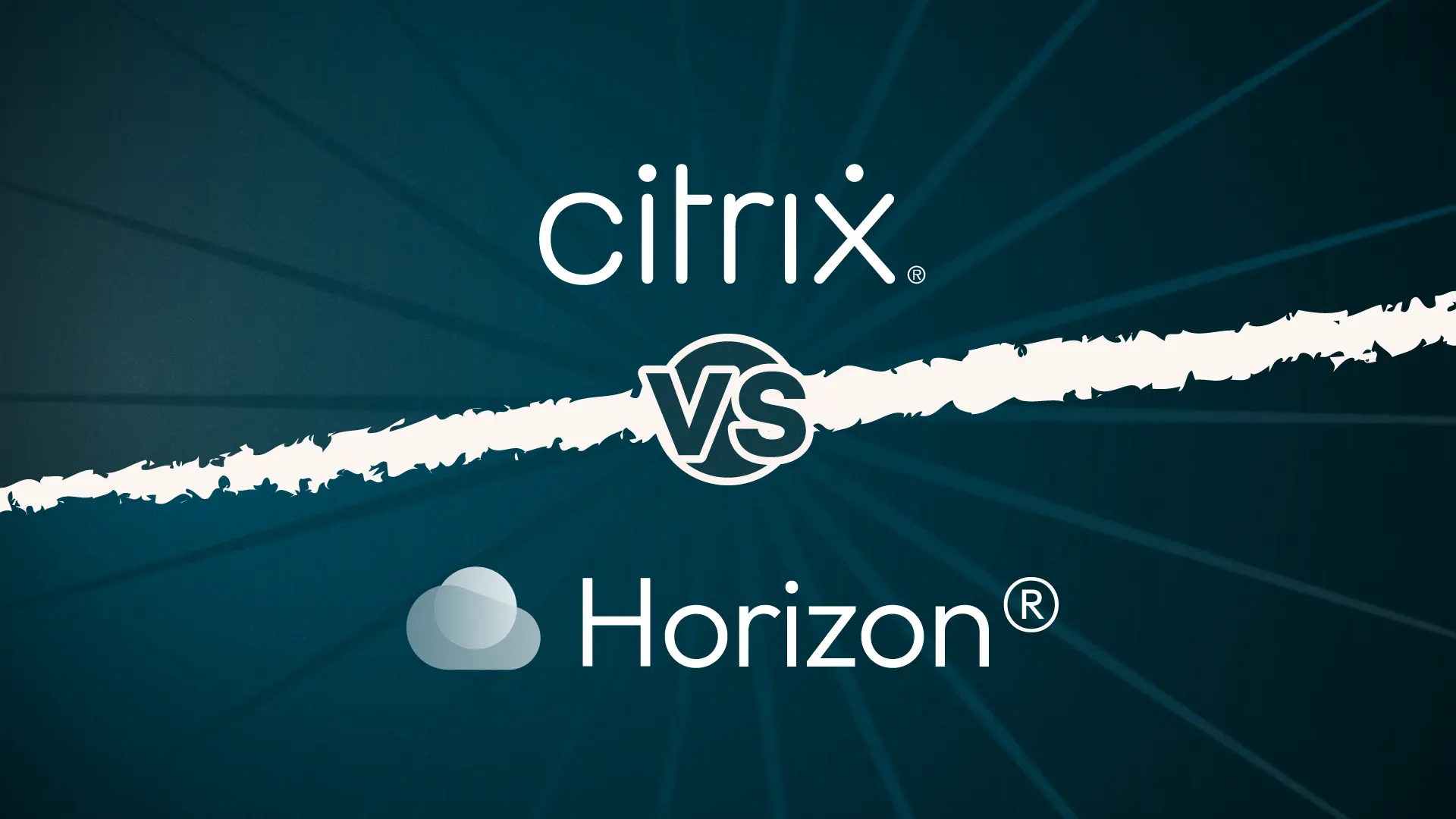Building a bulletproof disaster recovery strategy is very much doable with the right process. Here are the basics of getting Azure DR right.
Start with a proper Azure disaster recovery plan
Your DR plan is your playbook when disaster strikes. It should include:
- Clear roles and responsibilities (who does what when things go wrong)
- Step-by-step recovery procedures
- Contact information for key personnel and vendors
- Priority order for system recovery
- Communication templates for stakeholders
Keep this plan accessible, not just on the system that might be down! You’ll want both cloud storage and offline copies, and multiple team members should know where to find it.
Document everything (and keep docs accessible)
In the heat of a disaster, you won’t remember that specific PowerShell command or the exact order for bringing up your application tiers. Document every aspect of your infrastructure and recovery procedures. Screenshots, scripts, configuration details; if it matters for recovery, write it down.
Regular testing is non-negotiable
A disaster recovery plan that hasn’t been tested is just wishful thinking. Schedule regular DR drills—quarterly at minimum, monthly for critical systems. Test different scenarios: regional outages, data corruption, cyberattacks and so on. Each test teaches you something new about your setup.
Automate where possible
Manual processes are prone to failing under pressure. Use Azure Automation, ARM templates, and scripts to standardise your recovery procedures. The less human intervention required, the faster and more reliable your recovery will be.
Consider compliance requirements
Your disaster recovery is only as good as its last successful test. Use Azure Monitor to keep tabs on your DR infrastructure:
- Set up alerts for replication lag or failures
- Monitor backup job success rates
- Track RPO/RTO metrics against your targets
- Configure automated responses to common issues
When Azure Monitor detects problems, it can trigger automated workflows to remediate issues or escalate to your team. You’ll catch problems before they become disasters.
If you’re in a regulated industry, your DR strategy will need to meet specific requirements. Financial services might need minute-level RPOs. Healthcare organisations must ensure patient data remains accessible and secure. So you’ll want to build compliance into your DR architecture from the start, as it’s harder to bolt on later.
That said, Azure does provide built-in compliance certifications for standards like ISO 27001, SOC 2, and GDPR. You’ll want to map your DR processes to your specific regulatory requirements, so your recovery procedures stay compliant even during a crisis.






